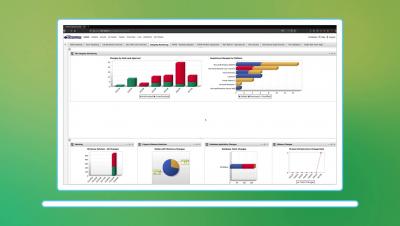Thoughts from the NCSC 2020 Annual Review
The National Cyber Security Centre (NCSC) released its annual review of 2020. If you are unfamiliar with the NCSC, part of their mission is that they are “dedicated to making the United Kingdom the safest place in the world to live and work online.” This is a lofty goal, and since the first report, issued in 2016, the NCSC remains steadfast in its vision. This year’s report, which spans the period from September 2019 through August 2020, contains many interesting insights.



